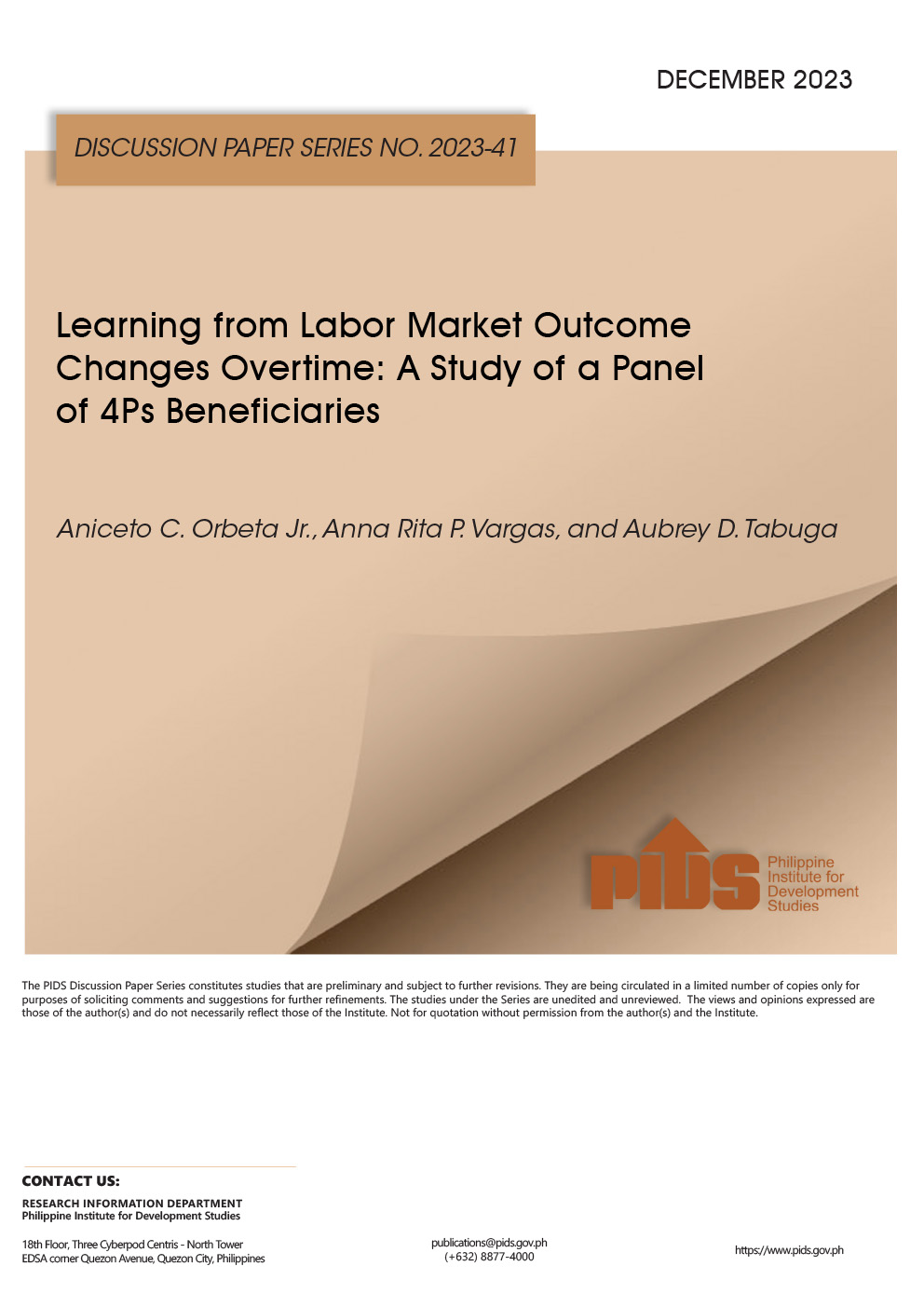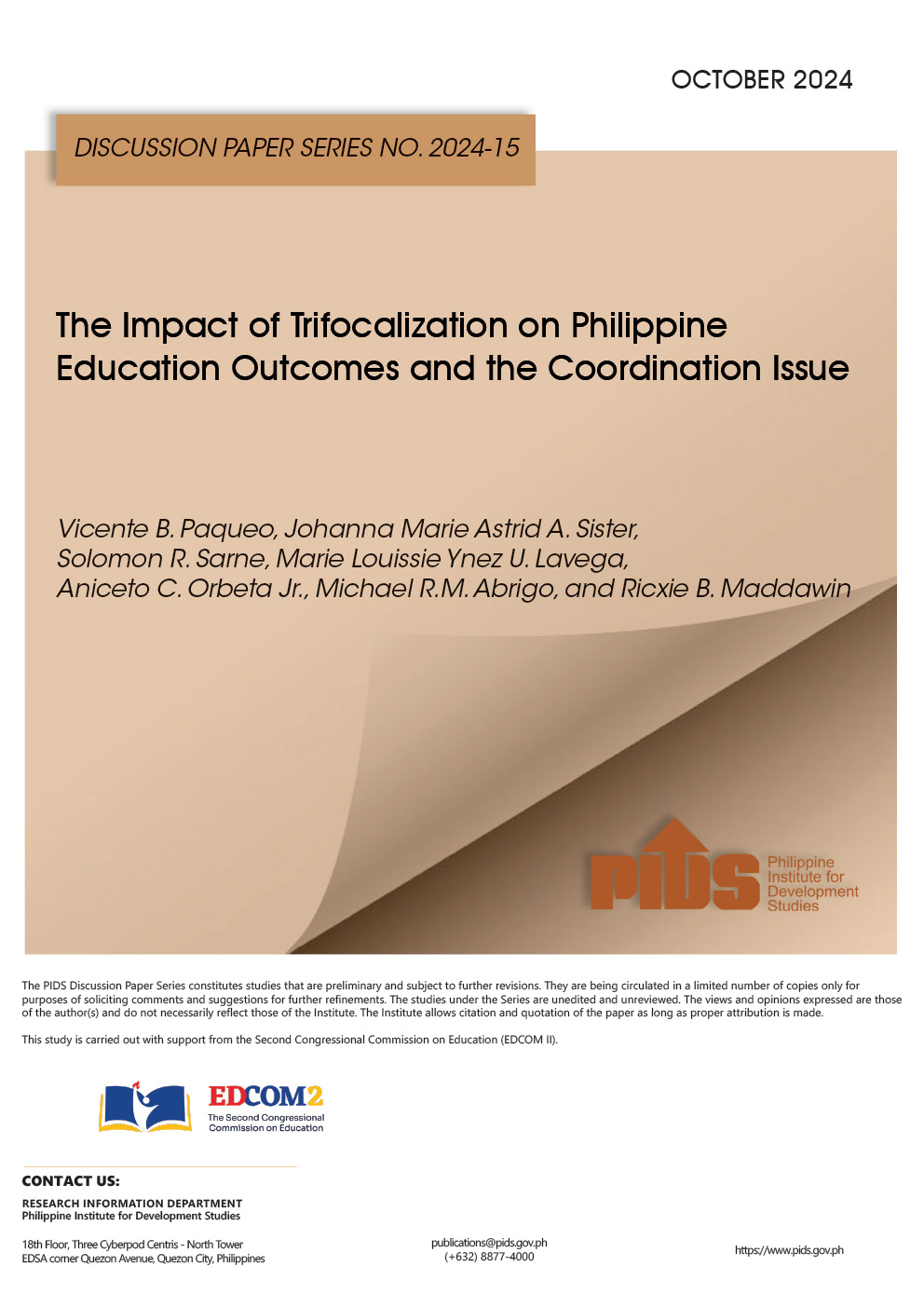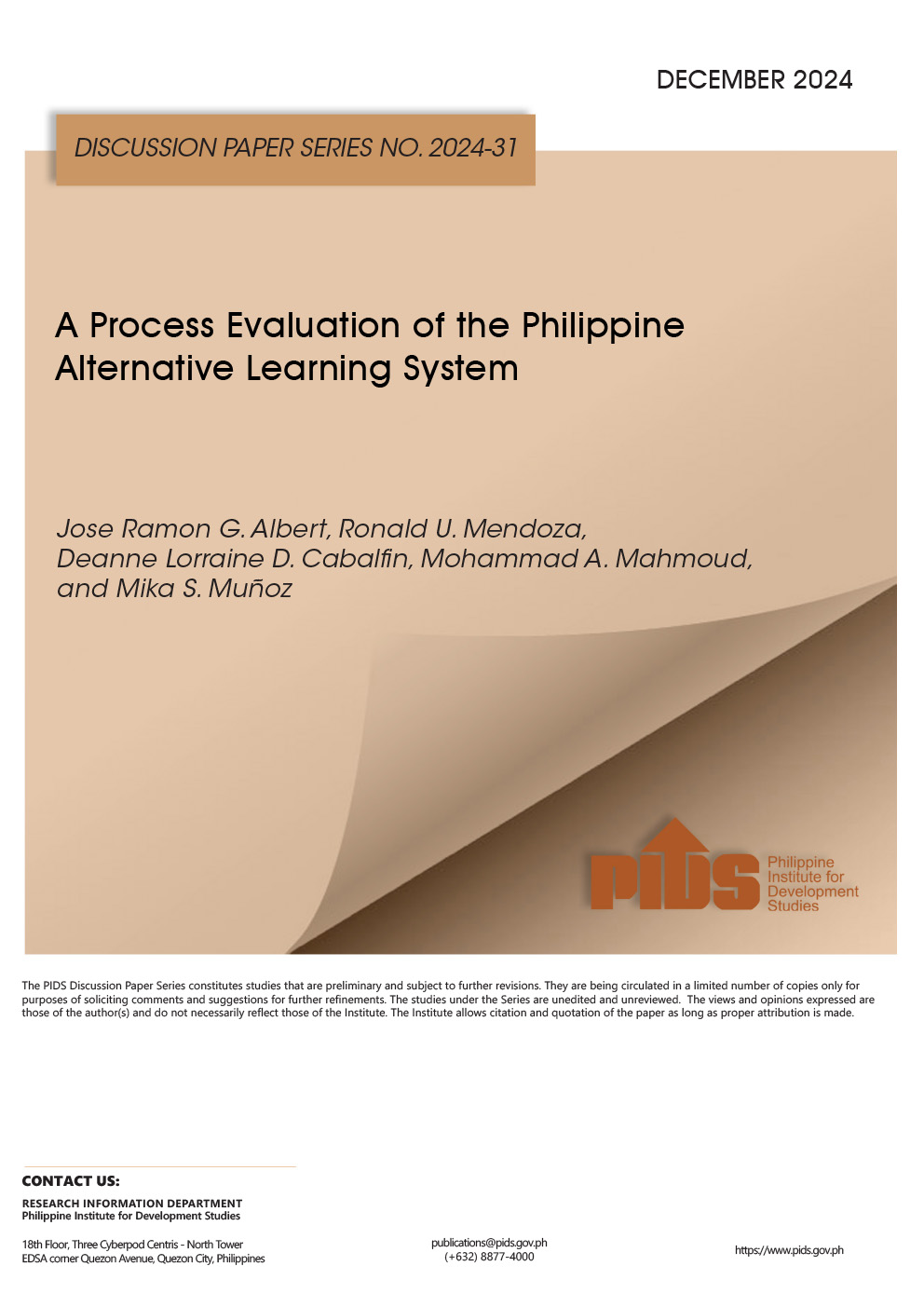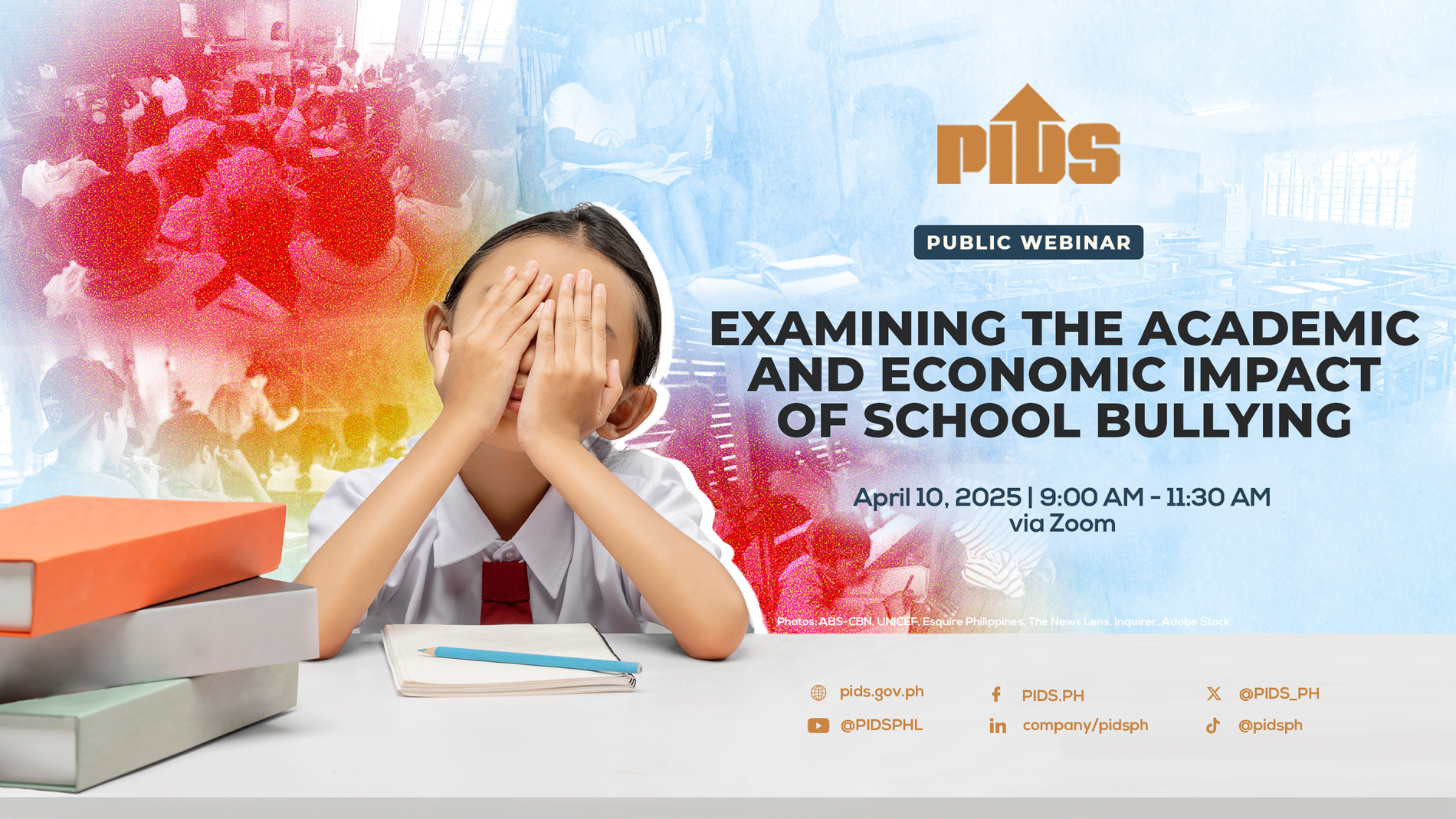They have been called the MP3s of higher education, surpassing and improving on the technology of compact discs that is online learning, and the outdated cassette tape that is the traditional classroom. They are called Massive Open Online Courses and their advent and rising popularity have had a profound impact on the sphere of education. Whether they are seen as an opportunity or a potentially disruptive threat to current pedagogies, their promise of offering low-cost quality education to all has certainly captured the imagination of everyone, especially those in higher education institutions, causing them to rethink their policies. But do they represent a new revolution in the often-changing world of education or are they merely an evolution of the same old pedagogies, updated and upgraded to appease the technologically obsessed masses? Are they hype…or simply hope?
For stakeholders in Philippine state universities and colleges, the question is simpler. Faced with shrinking budgets and rising costs, in a country where the price of quality education is high and access to it remains a serious concern, they ask: Does this new model present an opportunity to re-envision how they deliver instruction, giving greater accessibility to all students, or does it merely represent a fad, providing little or no assurance of improving student learning outcomes? This paper attempts to answer these questions by summarizing and analyzing the issues, challenges, threats, opportunities, and implications brought about by the phenomenon. It is intended to give these stakeholders a better understanding of the new paradigm that may guide them in formulating policies and specific strategies to address the continuing movement toward openness in education, and in so doing, they may ultimately fulfill the promise embodied in our Constitution—to provide affordable quality education accessible to all.












